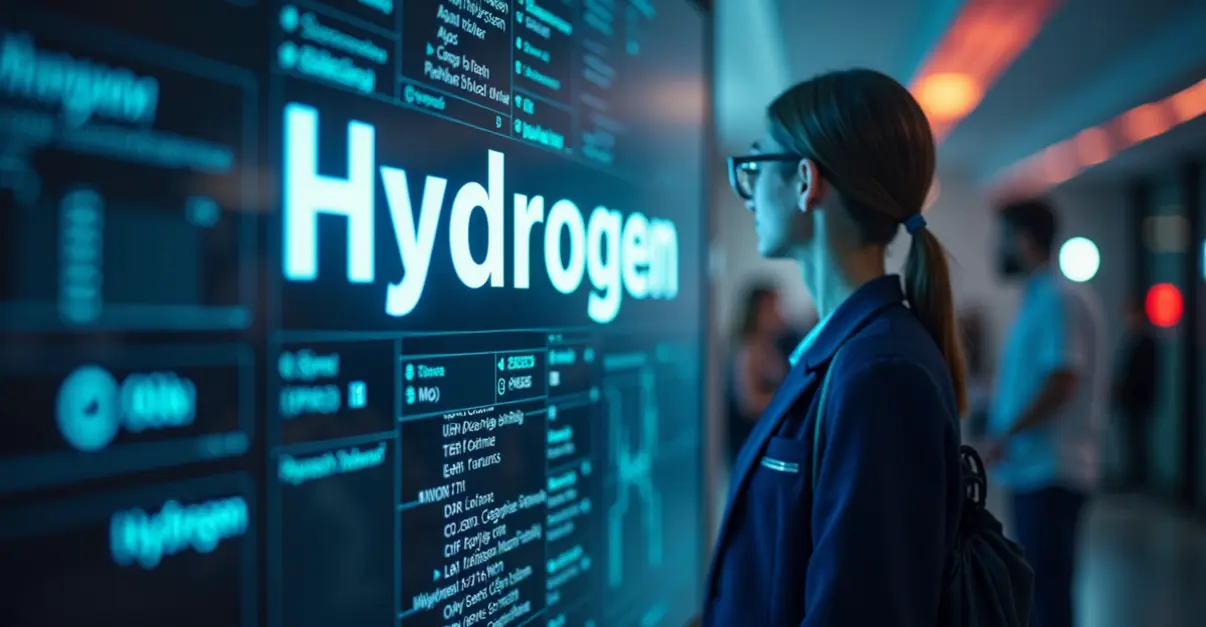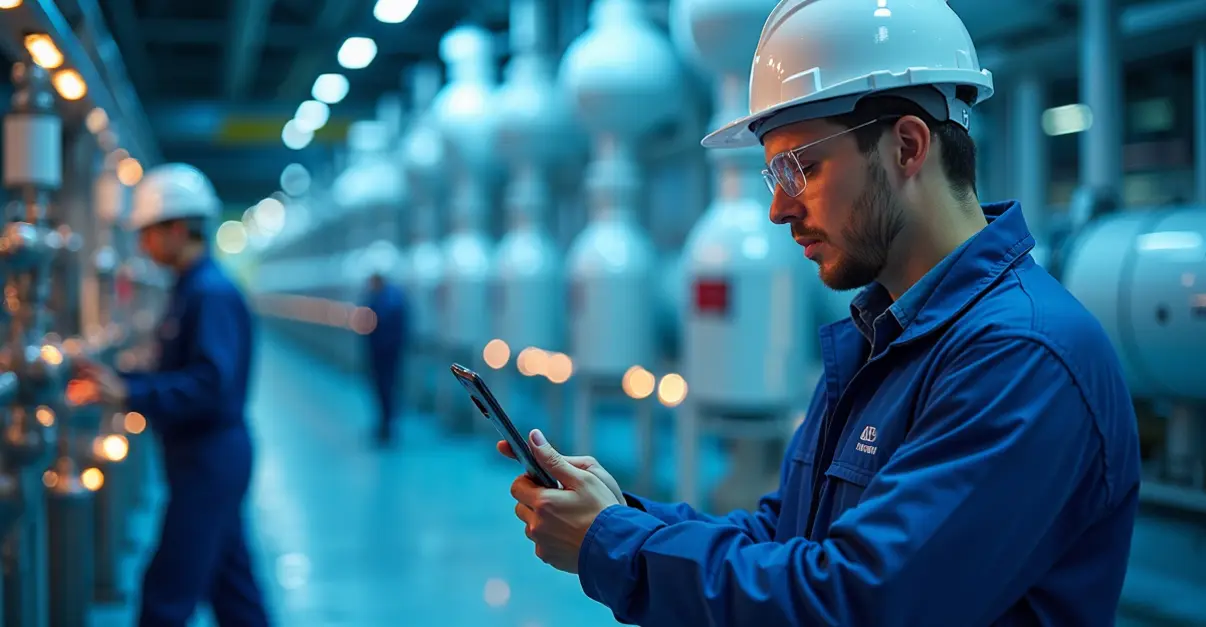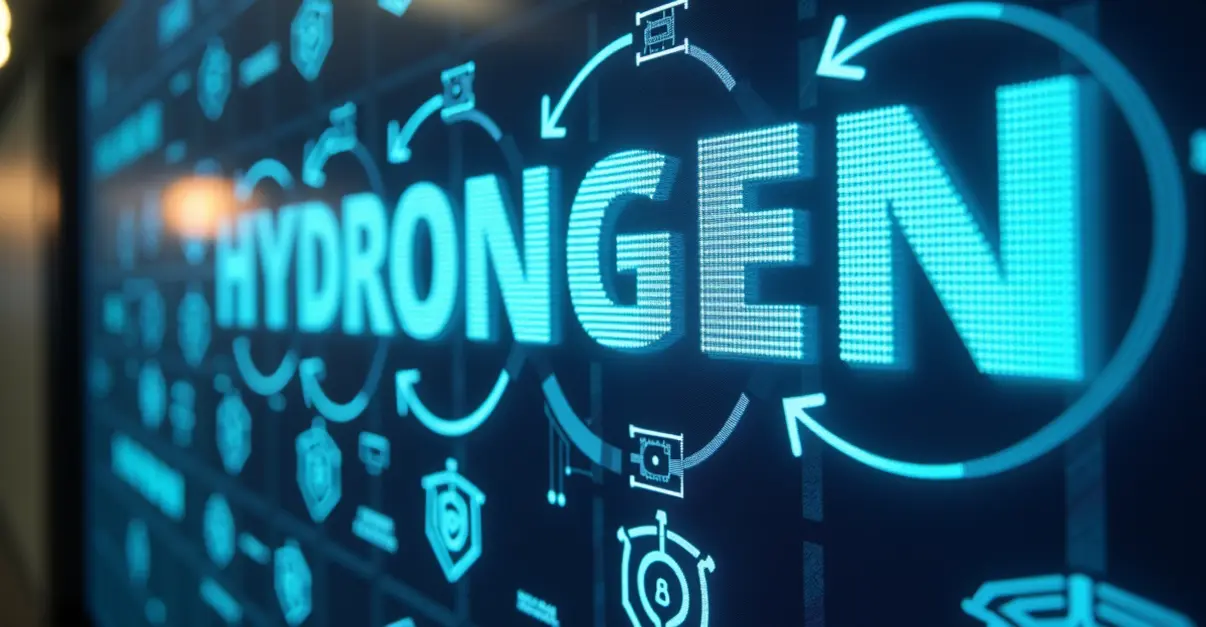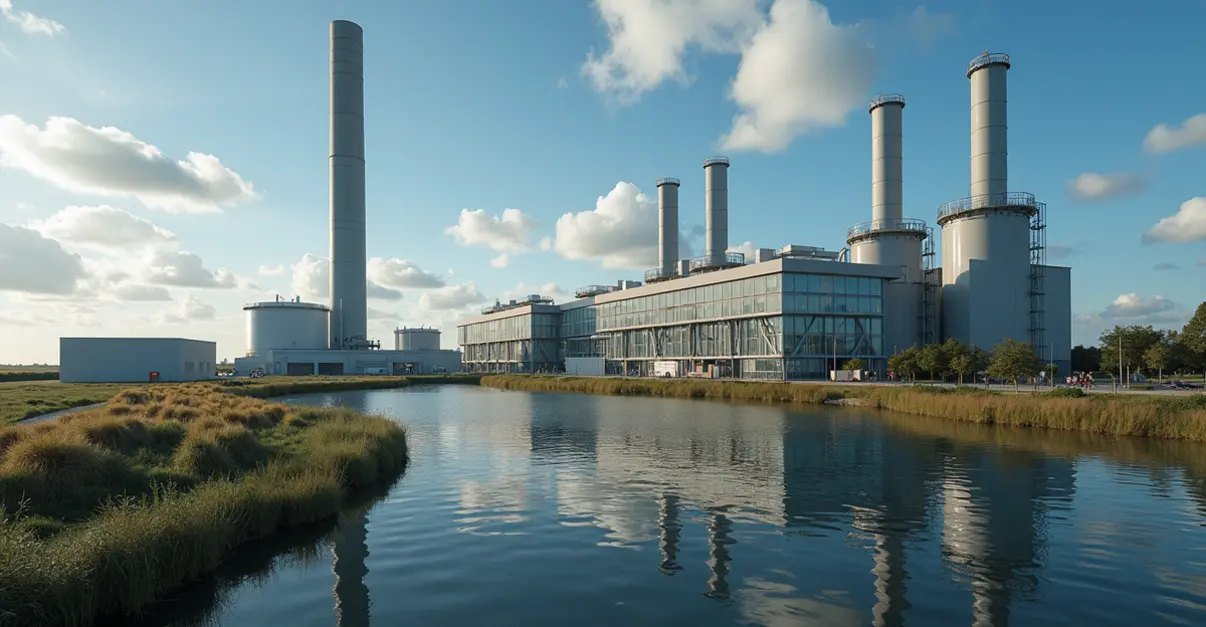Major hydrogen electrolyser project secures multinational funding to expand production capacity through Siemens Energy, Thyssenkrupp Nucera, and Nel Hydrogen partnership. Deployment targets gigawatt-scale facilities by 2027 amid growing global hydrogen demand.
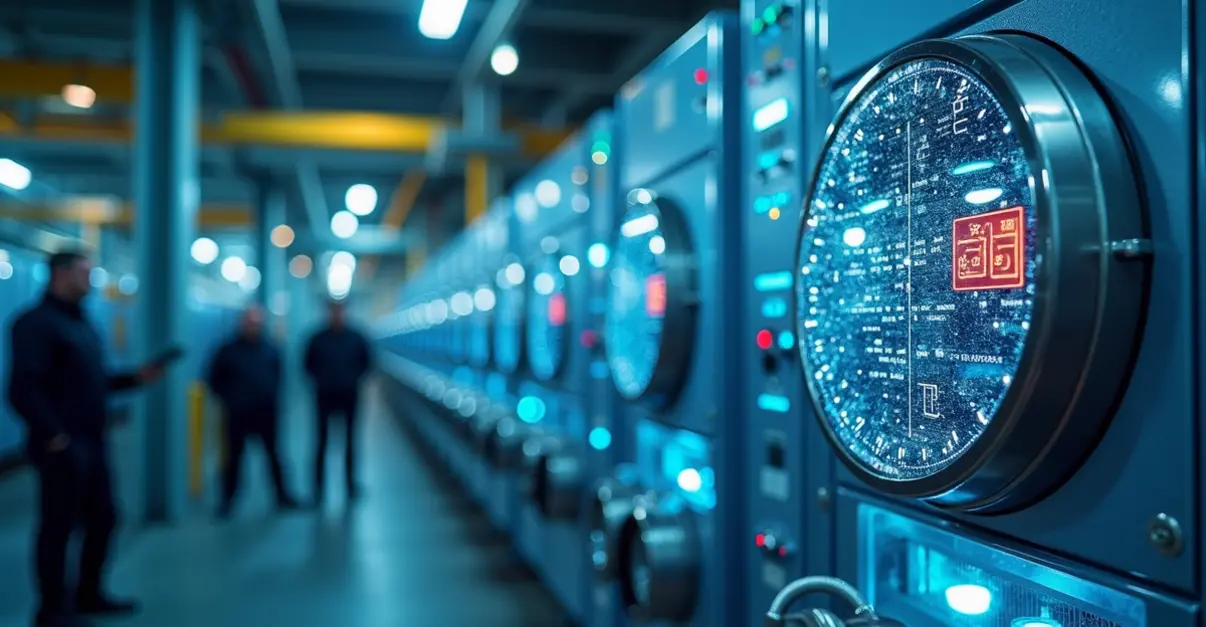
Major Hydrogen Project Advances with Multinational Backing
A significant green hydrogen initiative has secured substantial multinational funding, marking a crucial step forward in the global transition to clean energy. The project focuses on expanding electrolyser production capacity through strategic partnerships between leading manufacturers including Siemens Energy, Thyssenkrupp Nucera, and Nel Hydrogen.
Production Capacity Expansion
The consortium aims to dramatically scale up electrolyser manufacturing capabilities to meet growing global demand for green hydrogen. According to recent industry analysis, global green hydrogen manufacturing capacity is projected to double by 2025, with European electrolyzer manufacturing capacity growing from just 2.5 GW per year in 2022 to 10.4 GW per year by late 2024 - a fourfold increase that has eliminated electrolyzer availability as a bottleneck.
'This funding represents a watershed moment for the hydrogen economy,' said Dr. Michael Schmidt, a senior analyst at Clean Energy Associates. 'We're seeing unprecedented investment in production infrastructure that will enable the scale-up needed to meet 2030 climate targets.'
Strategic Partnerships and Technology
The project brings together complementary technologies from major players in the electrolyser market. Siemens Energy brings its Proton Exchange Membrane (PEM) electrolysis expertise, having established a joint venture with Air Liquide for industrial-scale electrolyzer production. The company operates a multi-gigawatt facility in Berlin that aims to bring at least three gigawatts of electrolysis capacity to market annually by 2025.
Thyssenkrupp Nucera contributes its alkaline electrolyser technology, recently announcing record-breaking electrolyser sales and achieving a "new all-time high" in the final quarter of 2024. The company has signed a Front-End Engineering Design (FEED) study for a major 600 MW green hydrogen project in Europe, representing one of the larger green hydrogen projects currently in development.
Nel Hydrogen adds its extensive experience in electrolyser manufacturing, having been part of a coalition of twenty major European electrolyser manufacturers advocating for stronger support of Europe's hydrogen industry.
Deployment Timeline
The project follows an ambitious deployment schedule with significant milestones through 2027. Initial production capacity increases are expected by late 2025, with full-scale manufacturing operations targeted for 2026. The consortium plans to have multiple gigawatt-scale facilities operational by 2027, supporting the EU's RePowerEU program targets of 10 million tons of domestic green hydrogen production by 2030.
'The timeline is aggressive but achievable given the current manufacturing capacity and technological readiness,' noted Emma Dupont, the project's lead coordinator. 'We're building on existing infrastructure while investing in next-generation technologies.'
Market Context and Challenges
Despite rapid manufacturing capacity growth, the industry faces significant challenges. Current European demand for electrolysers stands at under 1 GW per year while manufacturing capacity exceeds 10 GW annually, creating an imbalance that has left much of the industry underutilized. The slow progress of hydrogen projects reaching final investment decisions and insufficient policy incentives are cited as key reasons for the demand gap.
According to the IEA's 2025 Breakthrough Agenda Report, only 9% of announced hydrogen projects have reached final investment decisions, potentially reaching 4 Mt by 2030. The cost gap between renewable hydrogen and fossil fuel-based hydrogen has widened due to slow deployment, inflation, and falling fossil fuel prices.
Global Implications
The project's success could have far-reaching implications for global hydrogen markets. With China's LONGi Hydrogen Technology leading the industry with 5,000 MW production capacity, followed by US-based Plug Power (2,500 MW) and China's Hygreen Energy (2,000 MW), this European-led initiative represents a strategic response to global competition.
'European manufacturers are facing unfair competition from Chinese imports,' explained a spokesperson from the electrolyser manufacturers coalition. 'Chinese subsidies for state-owned hydrogen companies create a skewed playing field that disadvantages European manufacturers.'
The funding secured for this project will support not only production capacity expansion but also research into next-generation technologies like high-temperature electrolysis, which offers improved efficiency by operating at elevated temperatures where materials become more conductive and electrochemical reactions become more efficient.

 Nederlands
Nederlands
 English
English
 Deutsch
Deutsch
 Français
Français
 Español
Español
 Português
Português





